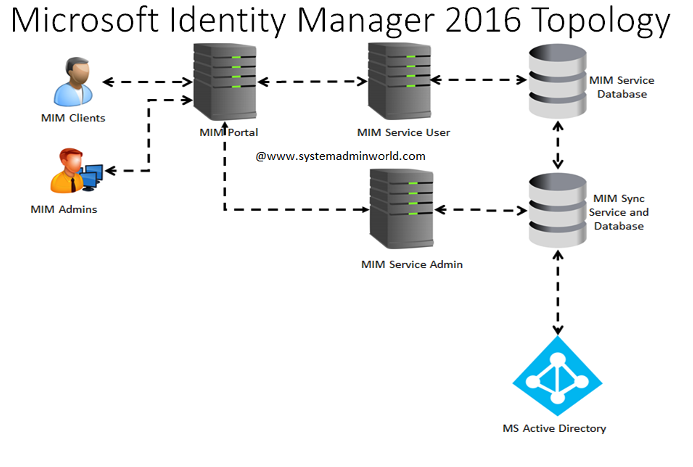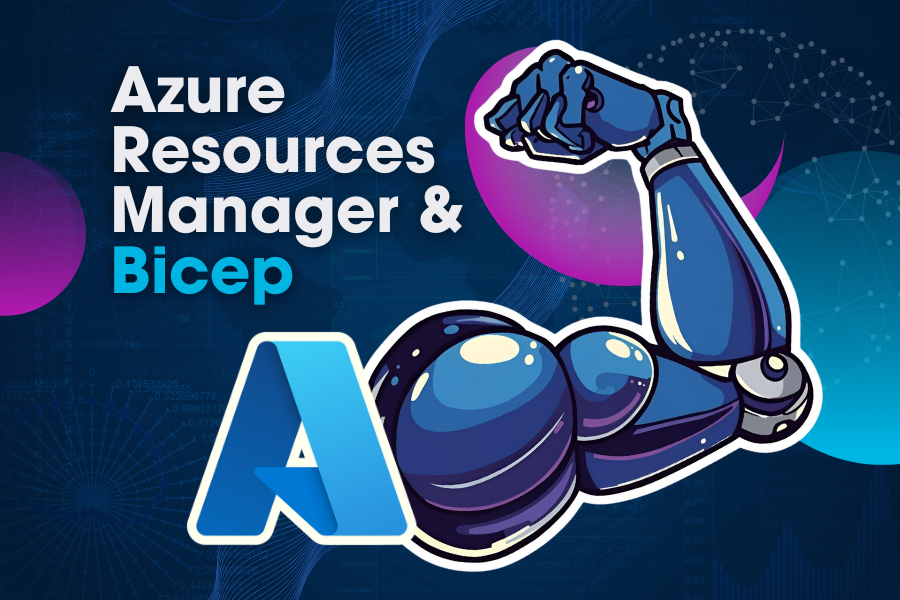In today’s digital enterprise, managing user identities is more than just provisioning and deprovisioning accounts – it’s about securing access, ensuring compliance, and enabling productivity from day one. Microsoft has long been a leader in identity and access management (IAM), and its journey through the evolution of user lifecycle solutions reflects the growing complexity and importance of this domain.
From Identity Management to Lifecycle Governance
Microsoft’s early foray into identity lifecycle management began with Microsoft Identity Manager (MIM), a solution designed to automate the creation, maintenance, and removal of user identities across on-premises systems. MIM provided foundational capabilities such as:
- User provisioning and deprovisioning
- Group and role management
- Certificate and password management
- Synchronization across directories and databases
- Privileged Access Management
While MIM was a powerful tool for its time, it was largely built for on-premises environments. As organizations began migrating to the cloud and adopting hybrid infrastructures, the limitations of MIM became more apparent—particularly its lack of native cloud integration and limited support for modern SaaS applications.
Quisitive has delivered some large implementations of MIM to our clients. Most notably, a large Identity Management engagement for a teaching hospital in Colorado. The main challenge for them was the high turnover every semester as pre-med students were onboarded and offboarded at the nearby university’s medical program. We built a connector using REST API to integrate with Epic where the student data resided. The student accounts would be automatically created and managed in MIM. This same solution can now be built leveraging the Entra Provisioning Service removing the on-prem infrastructure.
Below is an example of a legacy MIM topology. Nearly all the services provided in MIM have been migrated to Azure/Entra around the Entra Provisioning Service.

Much like the MIM Synchronization Engine, the Entra Provisioning Service can support multiple connectors to provide data for user accounts in AD/Entra similar to the Management Agents in MIM.
The Rise of Azure Active Directory and Microsoft Entra
To meet the demands of a cloud-first world, Microsoft introduced Azure Active Directory (Azure AD)—a cloud-based identity platform that quickly became the backbone of Microsoft 365 and other enterprise services. Azure AD brought with it:
- Cloud-native identity management
- Single sign-on (SSO) for thousands of SaaS apps
- Multi-factor authentication (MFA)
- Self-service Password Reset
- Conditional access policies
As identity governance needs matured, Microsoft expanded Azure AD’s capabilities into a broader suite known as Microsoft Entra. Entra now encompasses:
- Entra ID (formerly Azure AD)
- Entra Permissions Management
- Entra Identity Governance
- Unified Admin Center
This evolution marked a shift from basic on-prem identity management to comprehensive identity governance, enabling organizations to manage the entire Joiner-Mover-Leaver (JML) lifecycle with greater automation, security, and compliance.
Why This Evolution Matters
The transformation from MIM to Entra reflects a broader trend: identity is now the new security perimeter. With users accessing resources from anywhere, on any device, and across a growing number of applications, managing their lifecycle securely and efficiently is critical. Microsoft offers HR-driven lifecycle management via the Entra Provisioning Service. This service removes the reliance on on-prem servers.
However, even with Microsoft’s robust capabilities, many organizations still face challenges such as:
- Integrating with multiple HR systems or sources of truth
- Managing access to non-SCIM or legacy applications
- Enforcing consistent role-based access across diverse environments
- Integrating with legacy on-premises applications
These are the areas where Quisitive’s User Lifecycle solution steps in to augment and extend Microsoft’s native capabilities.
Stay tuned for the next blogs in this series:

;)



